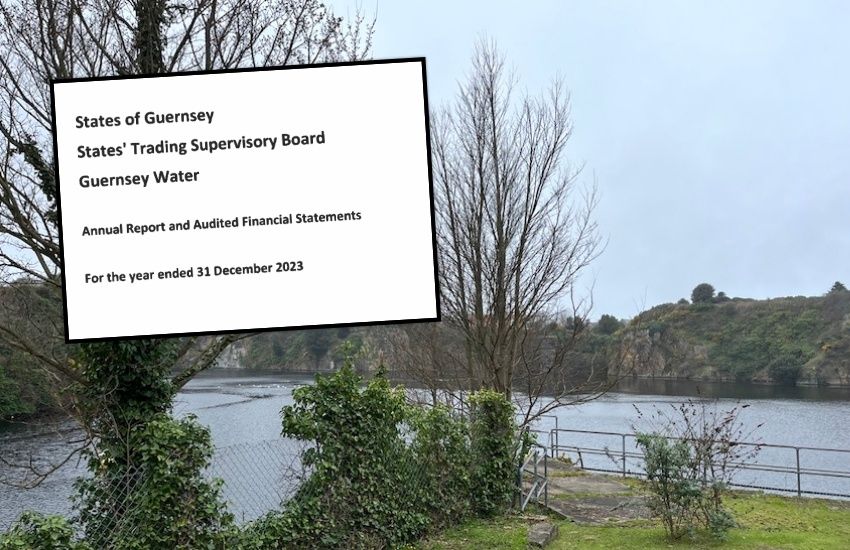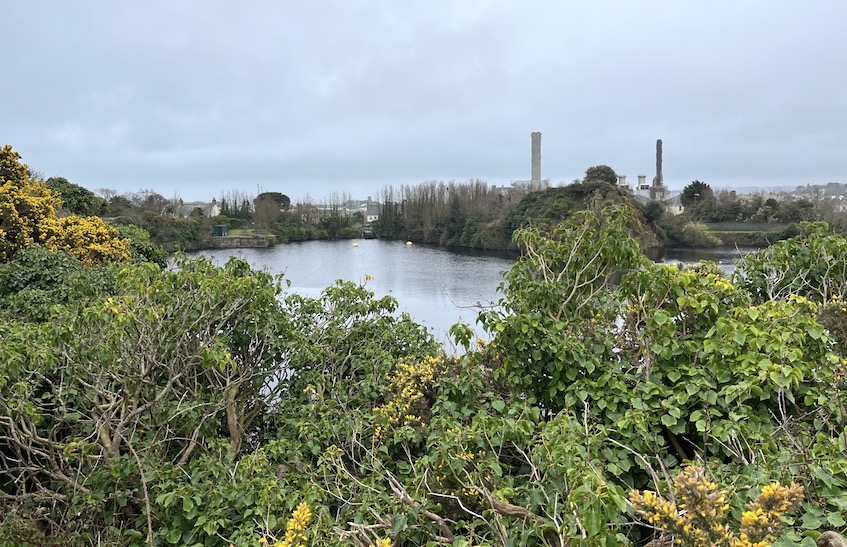


Guernsey Waters losses continued last year, but the utility hopes to return to an overall surplus in 2025 with warnings that major capital projects must go ahead.
2023 was the fifth successive year the States-run company posted a loss, rising to £1,400,000 from £530,000 in 2022.
“Clearly this is not sustainable in the medium term because the business is unable to fund a capital investment programme unless it generates surpluses,” Water Chair Dr Simon Thornton wrote.
“The management team are working on ways to restore the business to surplus so it can continue to deliver a high-quality service to its customers at as low a price as possible.
“Guernsey Water must continue its significant capital investment programme if it is to continue to deliver high quality drinking water and the safe return of wastewater to the environment. We will have to use a sustainable mix of increased debt and increased customer charges to finance this investment in our island’s essential infrastructure.”
Meanwhile, Managing Director Stephen Langlois said that “2023 was an exceptionally challenging financial year”.
The utility raised prices by 6.9% for water and 7.5% for wastewater, but reduced demand in the summer and other inflationary cost rises eroded an operating surplus which was above 2022 levels.
Mr Langlois noted that while revenue was strong and savings were achieved it battled with cost increases in the cesspit emptying services due to ongoing recruitment and retention challenges.

Pictured: Juas quarry in the Vale.
“The team continues to manage some very complex capital projects with minimal disruptions for customers. Ongoing challenges include well publicised supply chain issues which have led to significant delays in the cost of delivering capital projects,” Dr Thornton said.
Mr Langlois added that “significant sums” need to be invested to maintain water quality levels and the current level of services: “going forward [our] operating margin will need to increase if we are to fund ‘stand still’ investment in water and wastewater services”.
Nearly £6m was spent on renewing and improving water infrastructure last year, but with building inflation costs were the highest since the replacement of the Belle Greve outfall in 2015.
The treated water facility at Forest will be a major ongoing project through to 2025, while the main distribution pipe for thenorth of the island will be upsized as demand grows, especially through planned new housing developments.
But that will also demand new wastewater services to prevent sewer flooding and pollution.
Guernsey Water held up low leakage rates, excellent drinking water quality, a drought management plan, and environmental initiatives as wins throughout the year.
A review of outsourced services is underway to see if more could be brought in-house to create additional savings.
But it was revealed earlier this year that the States Trading Supervisory Board is considering commercialising Guernsey Water, with proposals possibly going before deputies by the end of the year.
Comments
Comments on this story express the views of the commentator only, not Bailiwick Publishing. We are unable to guarantee the accuracy of any of those comments.